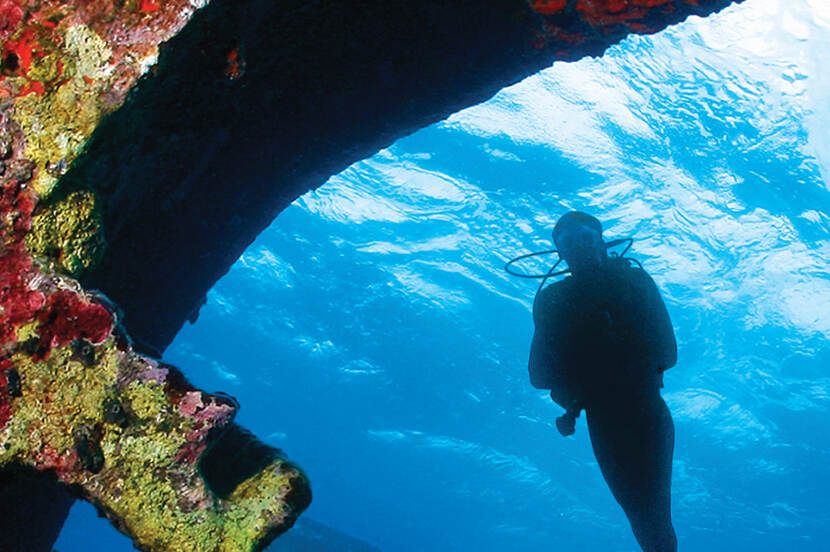UNESCO Convention for the Protection of Underwater Cultural Heritage
Our kingdom of the Netherlands has been shaped by a centuries-old relation with water, from the coast of the Netherlands to the Caribbean. It has brought us to far-off places where heritage above and under water reminds us of this until this day. With all this heritage divided across the Kingdom comes a responsibility to properly protect and preserve it for future generations.
Therefore the Kingdom of the Netherlands – The Netherlands, the special municipalities Bonaire, St. Eustatius and Saba and the countries Aruba, Curacao and Sint Maarten – wants to ratify the UNESCO Convention on the Protection of Underwater Cultural Heritage within the next few years. On this webpage, all the relevant information concerning the Netherlands and the Caribbean connected to this convention can be found.
UNESCO 2001 Convention
In the fall of 2001 the General Assembly of UNESCO accepted the Convention on the Protection of Underwater Cultural Heritage. The convention was drafted due to the increasing pillaging and destruction of underwater cultural heritage by treasure hunters, souvenir hunters, but also due to other (economic) human activities on the beds of rivers, lakes and seas. Ratifying and implementing the convention provides countries with a minimal legal framework for the protection and management of underwater cultural heritage when they have not arranged this within their own territorial waters, and it arranges the various interests between countries through international co-operation. So it basically strives for a global protection of underwater cultural heritage, not only in the coastal areas and territorial waters, but also outside of that.
In 2009 the convention came into effect. The Netherlands has not signed the convention yet, but endorses the importance of the protection of maritime heritage for the future and is working on ratifying the convention at the moment.
More information on the Convention can be found on the website of UNESCO.

Why do we protect underwater heritage?
Maritime archaeological and cultural historical research do not only unearth physical remains but also the stories connected to them. This provides valuable insights into moments in our history, which are sometimes glorious and sometimes far from it. The information gathered by us today provides input for the debate on our past and for current themes in the present. Without proper management, this heritage will disappear. Therefore, valuable maritime heritage needs to be actively preserved for present and future generations. The UNESCO Convention on the Protection of Underwater Cultural Heritage provides international guidelines for this protection. Furthermore, we are taking this opportunity within the Kingdom to provide an impulse to the management of underwater cultural heritage throughout the entire territory.
The Cultural Heritage Agency of the Netherlands (RCE) co-operates with (inter-)national partners to protect underwater cultural heritage, for example through:
Partners
Within the Kingdom, governmental bodies and institutes are increasingly working together to better embed the management of underwater cultural heritage in the present policies and also to give the practical management the needed striking power. We do this together at national governmental level but also at the executive level. For instance, a team of experts focused on practice from the following managing institutions active in the Netherlands as well as in the Caribbean convenes since 2019:
National Archaeological Anthropological Memory Management (NAAM), Curaçao
Museo Arqueologico Nacional Aruba/ National Archeological Museum Aruba (NAMA)
Openbaar Lichaam Bonaire
Saba Archaeological Center (Sabarc)
St. Eustatius Center for Archaeological Research (SECAR)
Sint Maarten Archaeological Center (SIMARC)
Sekshon di Kultura Arte i Literatura (SKAL), Bonaire